Dumbbells are a staple in the fitness world, renowned for their versatility and effectiveness in building strength, improving endurance, and enhancing overall fitness. Whether you're setting up a home gym or looking to diversify your workout routine, dumbbells offer an accessible and adaptable solution. In this blog, we'll explore the benefits of dumbbells, various exercises you can perform, and tips for integrating them into your fitness regimen.
Why Dumbbells?
Dumbbells stand out for several reasons:
- Versatility
Dumbbells can be used to perform a wide array of exercises targeting different muscle groups. From bicep curls to squats, they offer endless possibilities for both upper and lower body workouts. This versatility makes them a valuable addition to any fitness routine.
- Accessibility
Dumbbells come in various weights, making them suitable for all fitness levels, from beginners to advanced athletes. They are also relatively affordable and widely available, making them an accessible option for home workouts.
- Space-Saving
Unlike bulky gym machines, dumbbells are compact and easy to store. A set of adjustable dumbbells can replace multiple pairs of fixed-weight dumbbells, saving space in your home gym.
- Balance and Coordination
Using dumbbells requires you to engage stabilizing muscles, enhancing balance and coordination. This functional aspect of dumbbell training can improve your performance in other physical activities and everyday tasks.
- Unilateral Training
Dumbbells allow for unilateral training, where you work one side of the body at a time. This can help correct muscle imbalances and ensure that both sides of your body develop evenly.
Essential Dumbbell Exercises
Incorporating a variety of exercises into your routine ensures a comprehensive workout. Here are some essential dumbbell exercises categorized by muscle groups:
Upper Body
-
Bicep Curls
- Target: Biceps
- Technique: Stand with feet shoulder-width apart, hold a dumbbell in each hand, and curl the weights towards your shoulders.
-
Overhead Shoulder Press
- Target: Shoulders
- Technique: Sit or stand with a dumbbell in each hand at shoulder height, then press the weights overhead.
-
Tricep Extensions
- Target: Triceps
- Technique: Hold one dumbbell with both hands behind your head, then extend your arms to lift the weight upwards.
-
Chest Press
- Target: Chest
- Technique: Lie on a bench with a dumbbell in each hand, press the weights upwards until your arms are fully extended.
Lower Body
-
Squats
- Target: Quadriceps, Glutes, Hamstrings
- Technique: Hold a dumbbell in each hand at your sides, squat down by bending your knees and hips, then return to standing.
-
Lunges
- Target: Quadriceps, Glutes, Hamstrings
- Technique: Hold a dumbbell in each hand, step forward into a lunge, lower your body until your front knee is at a 90-degree angle, then return to the starting position.
-
Deadlifts
- Target: Hamstrings, Glutes, Lower Back
- Technique: Hold a dumbbell in each hand in front of your thighs, bend at the hips to lower the weights towards the floor, then stand back up.
Core
-
Russian Twists
- Target: Obliques
- Technique: Sit on the floor with knees bent, hold a dumbbell with both hands, lean back slightly, and twist your torso to move the weight side to side.
-
Dumbbell Side Bend
- Target: Obliques
- Technique: Stand with feet shoulder-width apart, hold a dumbbell in one hand at your side, and bend sideways at the waist, then return to the upright position.
Tips for Effective Dumbbell Training
- Start with the Right Weight
Choose a weight that challenges you but allows you to complete your exercises with proper form. Beginners should start with lighter weights and gradually increase as strength improves.
- Focus on Form
Proper form is crucial to prevent injuries and ensure you’re working the intended muscles. Consider working with a trainer or using online resources to learn the correct technique for each exercise.
- Incorporate Variety
Mix up your workouts by incorporating different exercises and varying the weights. This prevents boredom and ensures you’re challenging your muscles in different ways.
- Progress Gradually
Increase the weight or number of repetitions gradually to continue making progress. Overloading your muscles in a controlled manner promotes growth and strength.
- Warm-Up and Cool Down
Always start with a warm-up to prepare your muscles and joints for exercise, and end with a cool down to aid recovery and reduce muscle soreness.
Dumbbells are an indispensable tool for anyone looking to build strength, improve fitness, and achieve a balanced workout routine. Their versatility, accessibility, and effectiveness make them suitable for all fitness levels. By incorporating a variety of dumbbell exercises and following proper training tips, you can create a dynamic and comprehensive fitness regimen that helps you reach your goals. Start integrating dumbbells into your workouts today and experience the transformative benefits they offer.
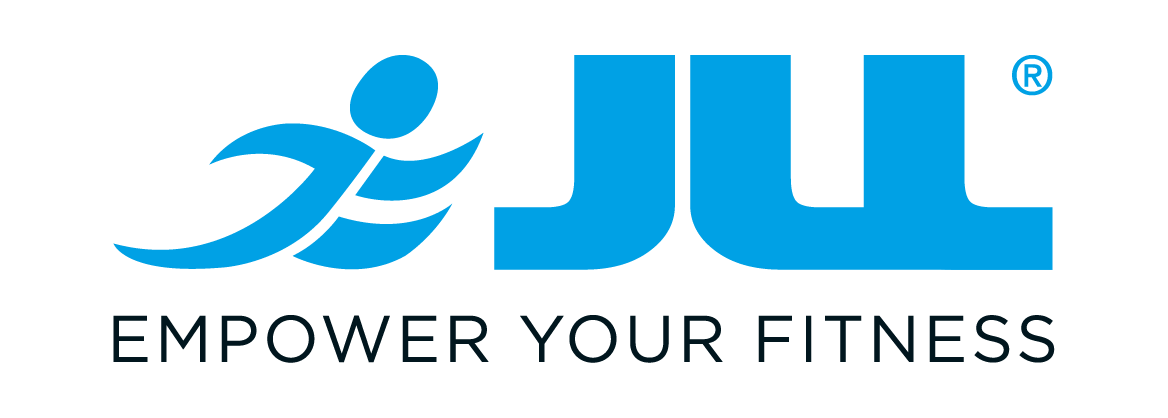
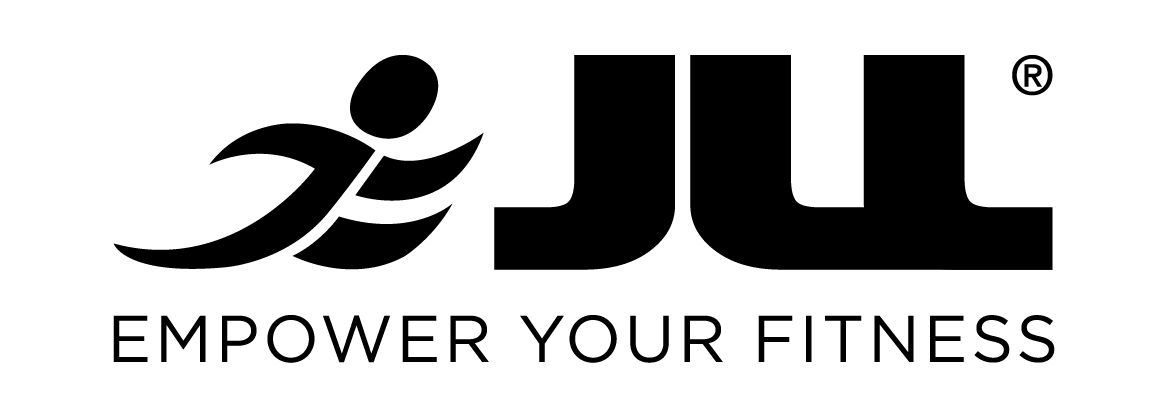
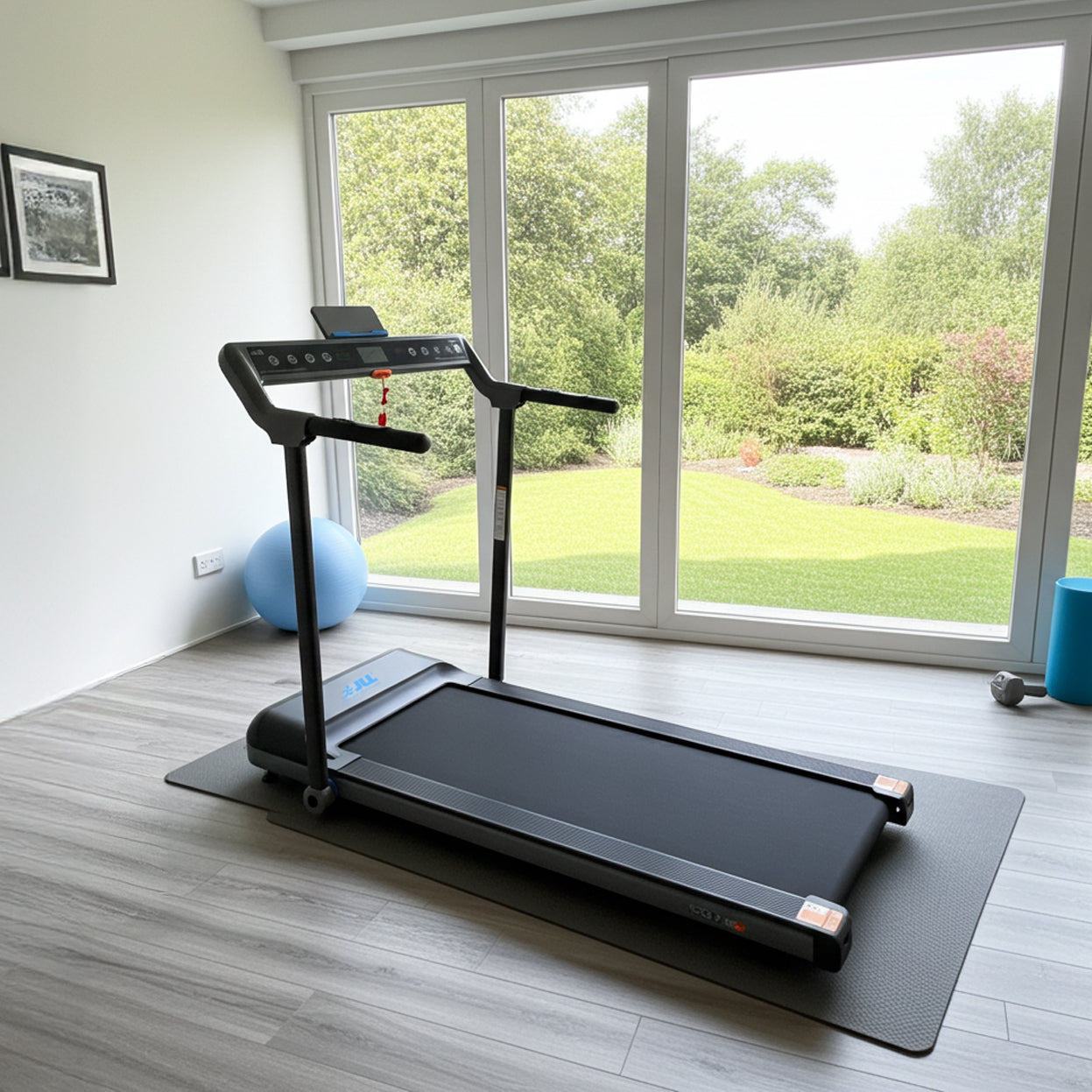

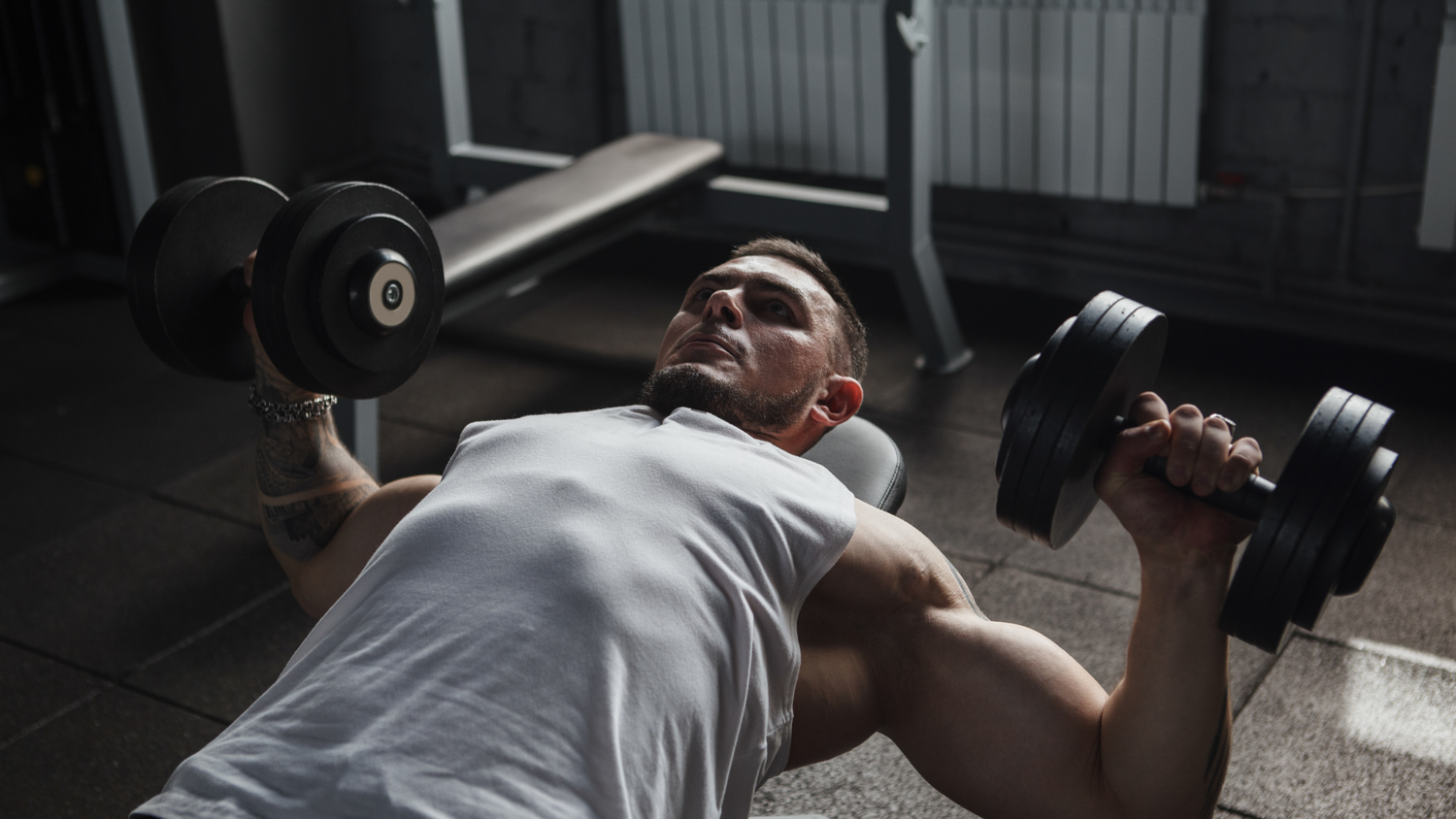
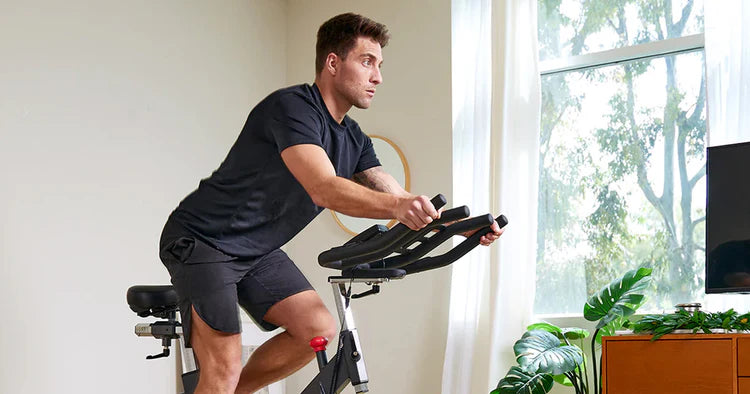




Leave a comment
All comments are moderated before being published.
This site is protected by hCaptcha and the hCaptcha Privacy Policy and Terms of Service apply.